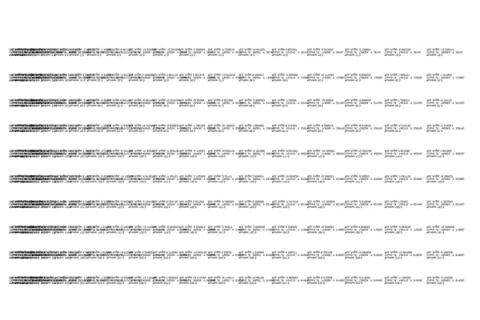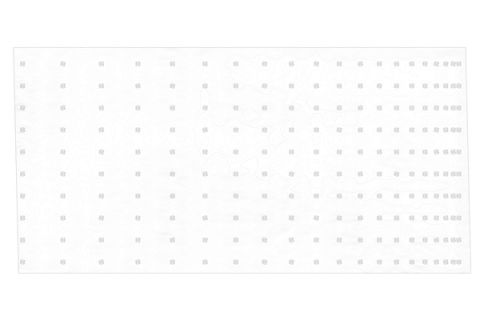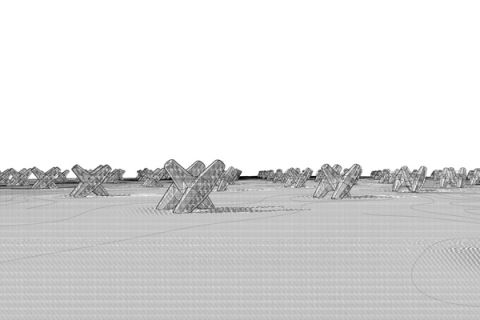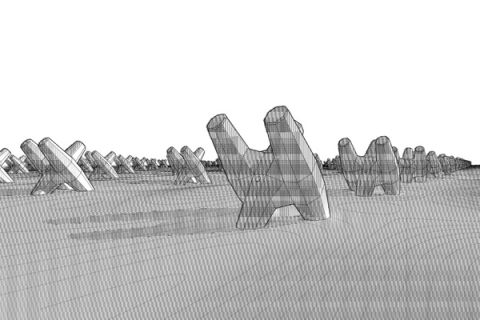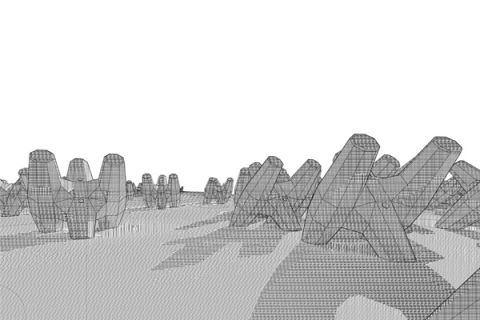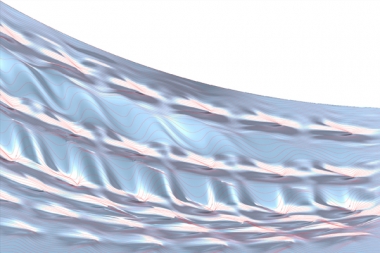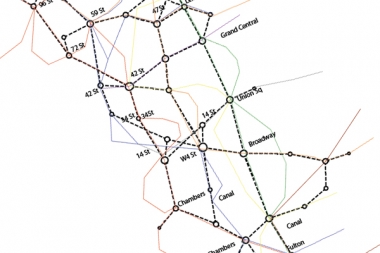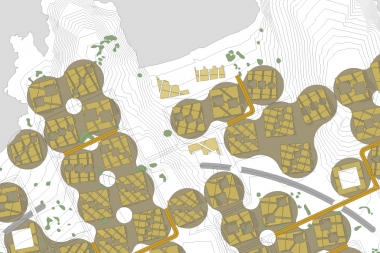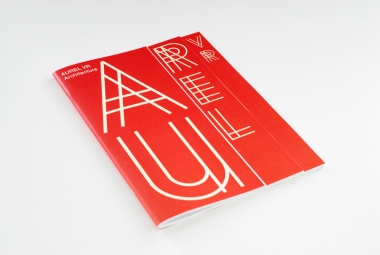- AURELVR
- DESIGN
- RESEARCH
- TEACHING
Wave Breaker
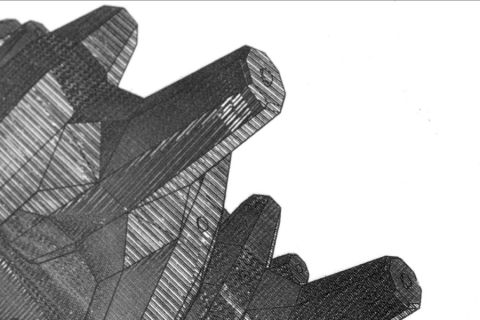
Architectural drawings, such as design sketches, plans, sections, axonometrics and perspectives, underwent a dramatic shift since the advent of computer aided design (CAD) tools. While most CAD tools reproduce conventional drafting methods, they tend to be reductive in their programmatic rigidity. Users are forced into a linear and predefined design process and often frustrated by the lack of haptic feedback. The structural complexity of CAD programs often obscures the underlying generative methods. Boundaries of drafting software are expanded by introducing scripting and coding. The expression of data (text and numbers) inside the drawing aims to re-introduce the haptic quality of conventional drawing. A procedural approach of layering graphic elements and data with a constant visual update empowers the designer/programmer to harness the computational power of CAD applications.
The “Wave-breaker” project challenges conventional architectural drafting methods as it is a land-art and landscape installation. The project narrates the story of seemingly abandoned industrial artifacts (the concrete precast wave-breakers) in a desert landscape. It combines the technical precision of construction documents with the poetry and fragility of landscape drawings. Plan nor section suffice, rather a map of layers of information – landscape, artifacts, data – form the new digital environment. The underlying code regulates distribution, arrangement and rotation of the objects.
Institution: aurel VR
Contributors: Aurel von Richthofen
with Carlos Ramos da Silva and Sergei MikhailenkoYear: 2011
